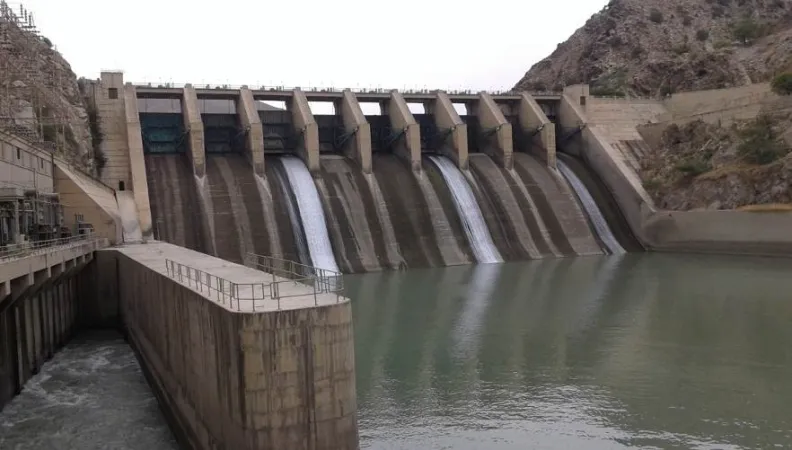Share the page
Renovation Of The Warsak Hydroelectric Power Plant
Project


-
Project start date
-
Status
Ongoing
-
Project end date
-
-
Project duration
-
73 Months
-
AFD financing amount
-
40000000 €
-
Country and region
-
Location
-
WARSAK
-
Type of financing
-
Partners
-
European Investment Bank (EIB), KfW, The European Union
-
Beneficiaries
-
Islamic Republic of Pakistan
Pakistan is going through a major energy crisis. In order to help solve this problem, the Pakistani government is relying partly on hydropower – a source of energy that is both economical and does not emit greenhouse gases. AFD is supporting this strategy by renovating the Warsak Hydropower Plant with a capacity of 243 megawatts.
Context
Pakistan's energy sector is going through a major crisis. Power cuts are common and generally last up to 6-21 hours a day. The impact on the economy (estimated at a loss of 2-3% of the GDP growth rate) and the living conditions of the people is considerable. In 2013, the government adopted a reform program consistent with the terms of the enhanced IMF facility: the upward adjustment of the per kWh price in order to ensure a reduction in the fiscal cost of supporting the sector; investment support with the priority being given to the cheapest power sources: coal and hydropower. Hydropower is an especially economical source of energy which does not emit greenhouse gases. Pakistan has considerable assets including a huge untapped potential, both for reservoir dams and run-of-river dams (only 6,700 MW installed as against a potential of 54,000 MW), with the result that hydropower accounts for just 30% of the annual power production; as well as a national public operator with very good expertise, WAPDA (Water and Power Development Authority).
Description
Co-financed by the European Union, the European Investment Bank and KfW, the renovation project for the 2400 MW Warsak hydroelectric power station, which produces nearly 1,000 GWh/year, is helping solve the energy crisis by enabling the Government of Pakistan to maintain a production capacity that is both inexpensive and non-emissive. Located in Northwest Pakistan on the Kabul River, the dam was built in the 1960s but is now suffering from dilapidated electromechanical equipment that has been heavily eroded and the siltation of the reservoir. To meet these challenges, the project includes three actions:
- Rehabilitation work to secure the intake and renew all the electromechanical equipment
- Upgrading the maintenance workshop
- Support measures for flood management and to fight against sedimentation.
Impacts
- Being connected to the national grid, the project will benefit the entire economy: Maintenance and even increase in cheap power production (from 1,000 to 1,144 GWh/year by recovering the drop height)
- Positive economic impacts: Economic rate of return of more than 20%
- Very positive social impacts: Community projects in villages around the dam to share the benefits locally and support in flood management that should improve flood prevention and warning systems
- At the institutional level: The project should make it possible to engage in a dialogue with WAPDA on cross-cutting issues such as flood management and sediment management.


